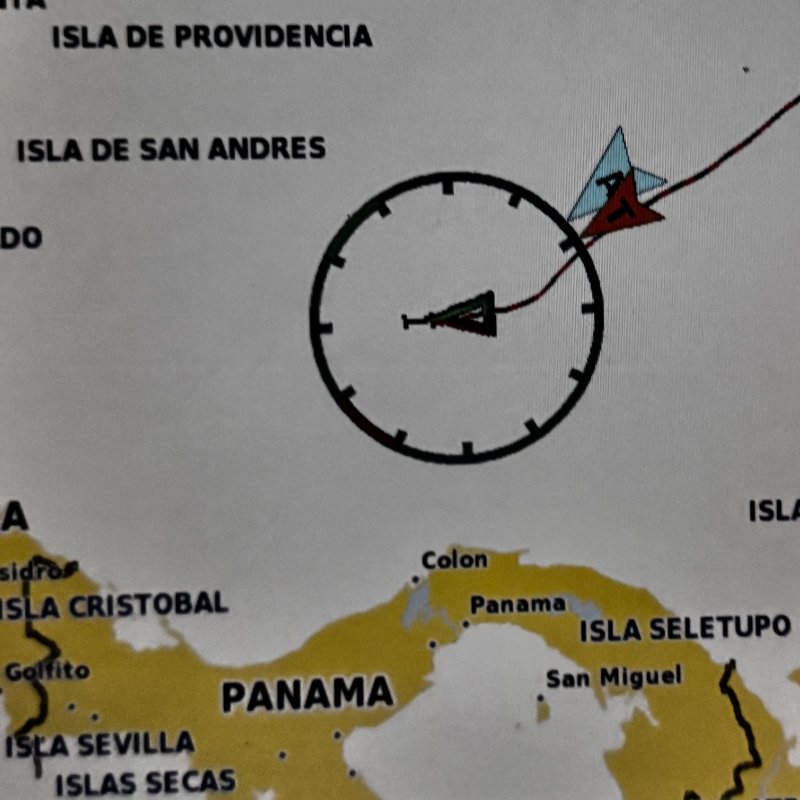
St. Croix to Panama
St. Croix to Panama We seem to be storm magnets — and flying-fish magnets… especially me. One Ocean has been surfing through gusts into the mid-40s with huge, heaving waves. Who knew the Caribbean Sea could throw punches like that? The “Christmas Winds” — the seasonal trades get stronger as the
One Ocean's course changed - the mission didn't
We left Culebra with Antigua on the horizon and a clean plan: slip past the island, push out to the windward side of the Caribbean chain, and begin our long run south toward Uruguay. The trades had other plans. Predicted 15–17 knots became a relentless 20+ from the E/SE, gusting over 30. The seas
ATA November Newsletter
Check out the latest newsletter issue below: ATA November Newsletter

Hurricane Melissa
Still bruised from our crossing south across the Atlantic, Tess, Mark, Charley, and I had just about finished repairing One Ocean from the beating she took when I first heard whispers about a hurricane forming to the south. We were at dinner at Wahoo’s in St. George’s, Bermuda — celebrating our
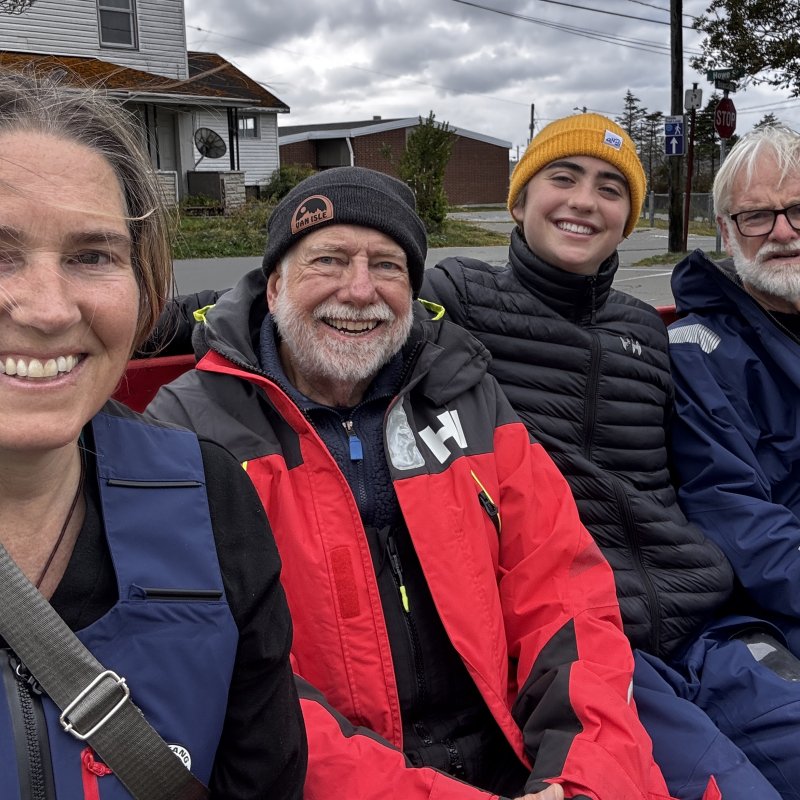
"It was as dark and stormy night" - Volunteer Charley
All good sea tales start with “It was a dark and stormy night.” I know for certain of the One Ocean crew wished this tale would have none of those words. Unfortunately it does. My ties to the Skagit Valley College Marine Tech Center have been strong since my retirement. I was refitting all the
Bermuda Blues
During our crossing from Lockeport, Nova Scotia to Bermuda, One Ocean and crew faced a storm that lasted 3 days with wind up to almost 70 knots and waves larger than their 48 foot ketch. This is a glimpse into what the team of four was dealing with while out there. I wrote this in a text to a friend

Engineer’s Log #11 Nova Scotia: October 2025
As I started this engineering report, we were docked in beautiful Nova Scotia at the Royal Nova Scotia Yacht Squadron. From the moment we arrived, we were met with such warmth and kindness that I almost forgot we were in a foreign port — these folks made it feel like home. The onboard engineer (that
Muktuk in Tuktoyaktuk
I was first introduced to the concept of whale hunting in Nome, Alaska. The dock where One Ocean was tied up also served as a popular fishing spot for local kids. On a hot summer day, I found myself chatting with one of them who hadn’t had any luck fishing that day—I wanna say his name was Billy
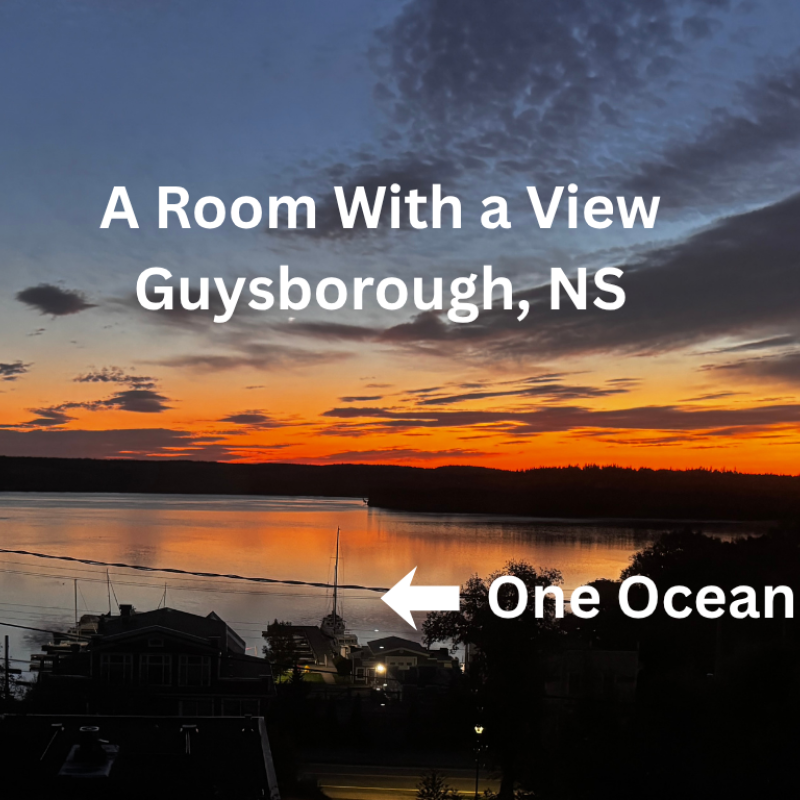
Night docking in Guysborough, Nova Scotia
The wind had been rising all night. I lay in my bunk, listening to the familiar hum of One Ocean’s hull slicing through the waves, but I couldn’t sleep. It was still two hours before my watch, yet the pitch of the wind told me conditions were changing. We’d been short-handed the night before, a
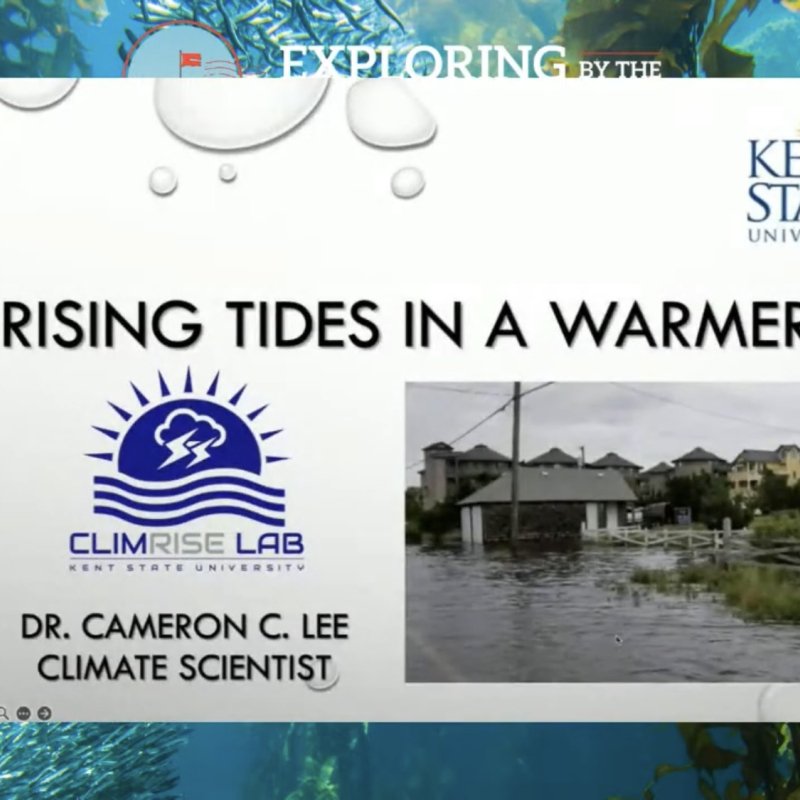
Live Classroom in Laurentian Channel
One Ocean has been banging through choppy seas for more than 24 hours. The wind has calmed, but the water—stirred up by days of windstorms—remains restless, confused, and hard on the crew. Some have been seasick, all of us uncomfortable. Now, with the first light of morning, the sea is finally
What's taking so long!!????
I’ve been fascinated with wind since I was a child. I loved a good storm, and strong winds moved me so deeply I would write poetry about them. When my dad bought a sailboat, our family explored the Gulf Islands in British Columbia. Those adventures remain some of my best memories. I loved sitting on

Conundrums
Full disclaimer - may not be worth taking your TIME to read this bit of musing. The concept of time takes on many different meanings in all of our lives, literally all of the time. On a boat it is ever-present. Schedules and routines are regulated and occur based on some measure of time. Directions
